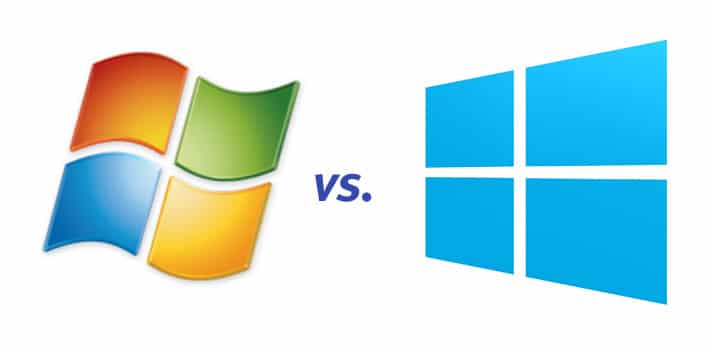Sales: 678.967.3854
Support: 866.252.6363
What We Do
Who We Serve
Success Stories
Latest Thinking
LATEST THINKING
About Us

By DynaSis
With the release of Windows 8.1, which tweaked Windows 8—and addressed some user complaints about the excessively "mobile-style" interface—many companies may be wondering if it is time for an upgrade. After all, Windows 8 gives uses a near seamless experience from the desktop to mobile devices, and Microsoft touts it as the most productive and stable user operating system, ever. (For more about Windows 8 features, read this month's newsletter.)
Whether or not that's enough reason to upgrade depends on which version of Windows your company is running. Support for the hugely popular, widely deployed Windows XP ends in April 2014. Despite rumored pleas from corporate users to give it a softer landing, Microsoft will likely stick with that date, or something close. As a result, Windows XP usage is plummeting—from nearly 40% of businesses and users in July 2013 to 31% in October 2013 (per statistics firm NetMarketShare).
The end of support means more than not being able to pay Microsoft for phone assistance. After Windows XP's official "end of life" date on April 8, 2014, Microsoft will stop providing patches and security updates. Patches are crucial to system security, and be assured that hackers follow how many Windows XP machines are still in operation. After that time, they will likely start targeting them aggressively—and successfully. To avoid extreme exposure to malware and other nasties, companies should upgrade to a current version of Windows. (There is no sense in moving to Windows Vista or any other version of Windows before 7.)
Windows 7 has the largest Microsoft OS install base (near 50%, per NetMarketShare) among Windows users. However, Windows 8 is gaining ground, quickly—it has a nearly 10% install base within the first year, which puts it on a trajectory close to that of Windows XP when it debuted.
More importantly, Microsoft has made Windows 8 very affordable to all companies running any version of Windows, enacting no pricing "penalty" for upgrading, no matter how old the version of Windows it is replacing. It is keeping this approach with Windows 8.1, which will cost $119.99 per user for companies running Windows XP, Vista or 7; $199.99 for the Pro version.
Best of all, Microsoft is offering full-version software at these bargain prices. In other words, the purchase conveys a license for Windows 8.1 on any machine, previously running any operating system (OS). Each OS install is completely fresh, so there will be no upgrade "glitches" to work through. (All data stays intact; but existing software must be reinstalled.)
Of course, you may need hardware and possibly software upgrades, depending on the age of your equipment and applications. Nevertheless, the situation is only going to get worse, and companies that start the process now can budget and plan for avoiding danger before April 2014 rolls around.
With Windows XP support ending—and the OS already being a target of hackers for its less-than-robust security—we strongly recommend all our customers move to Windows 8.1. It's a bit different from what you are used to, but you'll be able to stick with it longer than you can Windows 7. If you don't upgrade, you won't perish, but you will be left standing in the cold, with you and your IT provider unable to fully protect your systems from the attacks that will ensue.
To discuss the upgrade process or start creating your plan, give us a call.
